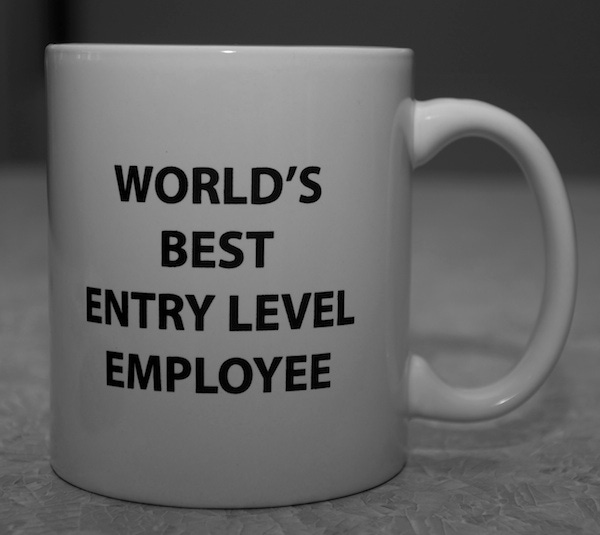Do You Have the Right Mix of Employees?
There are three types of employees inside any organization: those that resist and don’t like any change; those that willingly follow new ways of doing business; and those that activate, spark and initiate change. In today’s hyper-competitive and constantly evolving business landscape, there is no room for individuals who cling to the old ways of doing business.
November 11, 2013

There are three types of employees inside any organization: those that resist and don’t like any change; those that willingly follow new ways of doing business; and those that activate, spark and initiate change.
In today’s hyper-competitive and constantly evolving business landscape—especially in the IT world—there is no room for individuals who cling to the old ways of doing business. And by the old the ways of doing business, I am not talking about trust and integrity; those are non-negotiable and timeless.
What I am talking about are antiquated business processes, old-school motivational and compensation strategies and closed-minded management practices. To compete and grow, organizations need a healthy mixture of people who are quick to adapt and implement new ways of doing business and those who are willing to change with it.
There are two powerful forces at work that are driving business transformation: the constant evolution of technology and the changing age of the workforce. These two forces also closely entwined. The next great idea can come from anywhere and anyone, but do you have the right employees and culture to execute it?
Baby boomers are retiring, while Generation Y and Millennials are entering the workplace. It is an understatement to say the ways these groups approach work are different. The “greatest generation” had a different work style and social style that to some degree are at odds with how businesses now have to operate. It is critical for companies to make the transition and embrace these new types of employees if they are going to succeed. That is especially true for solution providers, who are by the very nature of their business change agents.
Generation Y and Millennials come into the workforce with more expectations, less loyalty and different priorities. They are already tech-savvy and sometimes have more computing power in their homes than what their companies are providing. Their work and personal lives bleed more into each other, mainly because of mobile technology and social networking.
As a result, they do not like to be micromanaged—their personal and professional worlds are virtually boundary-less, so they need freedom and flexibility in their working environments. The ability to work remotely or during off hours is key. But that is a management and cultural change that many organizations still are having trouble making. Companies need to realize that being in the office does not equal productivity anymore.
This new generation of workers, for the most part, also settle down later and delay big life decisions. They are getting married, starting families and buying houses later in life. So because they have fewer responsibilities on their shoulders, these workers are more apt to make career changes and take more risks. That means they tend to handle environmental change better as long as there is a good reason behind it.
I’ve worked for organizations that would shake things up occasionally and change people’s responsibilities for the sole purpose of keeping them on their toes. These companies acted as though they owned their employees and treated them that way. Well, that type of sledgehammer management doesn’t work.
It was the band Rush that more than 30 years ago sang the lyrics, “Constant change is here to stay.” They were right and it is truer today than it was back then. As a business owner you need to ask yourself: Do you have change agents working for you and does your culture encourage or discourage it?
About the Author(s)
You May Also Like


